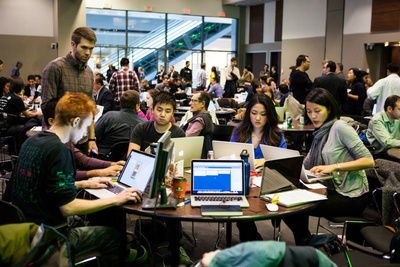The Long Tail strategy can be explained as the strategy of selling a far wider range of products instead of selling only the popular items. With the popular items, we mean the 20% of products that generate 80% of the revenues if the Pareto principle applies. Before the internet marketplaces like Amazon, Bol.com and Coolblue were online; the consumer bought most of their product in the physical stores. Due to limited storage and shelf space, these shops would only have the “blockbusters” in their shops. With the internet marketplaces, they can offer a wider variety of products because they have an unlimited amount of shelf space (It is only an extra web page). This enables them to offer the consumers more value because they offer more products. This paper tries to answer two questions: What factors are driving this change? What are its implications for the structure of markets?.
Supply-side drives: Internet marketplaces have the opportunity to lower their storage price below that of traditional companies. They can use a centralized warehouse in places where real estate prices are low; They do not have to have to be located in a shopping mall for maximum exposure. Because they can use one warehouse for a broader location of customers, they have increased economies of scale. With the use of print-on-demand that shop offers a way to reduce risks for not sold items (books), and can offer a more extensive products range.
Demand-side causes: Because internet mark places over more products it makes it also harder for the consumer to find the products they want. Here the internet marketplaces should provide useful search tools for the discovery of their assortment. The papers dive these in tools in active and passive tools. Active search tools are tools that give the consumer insights in other products when searching, while passive search tool gives the consumer recommendation on other products after it bought a product.
Over time this will effect changes in consumer tastes and demand patterns as a result of exposure to the new products. The IT tools used by internet marketplaces will allow the consumer to see products they would before never had considered. It is essential that the suppliers marketing strategies be also restructured to address the changes in consumer demand.
Brynjolfsson, E., Hu, Y., & Smith, M. (2006). From Niches to Riches: The Anatomy of the Long Tail. Sloan Management Review, 47(4), 67-71. Retrieved from http://sloanreview.mit.edu/article/from-niches-to-riches-anatomy-of-the-long-tail/


